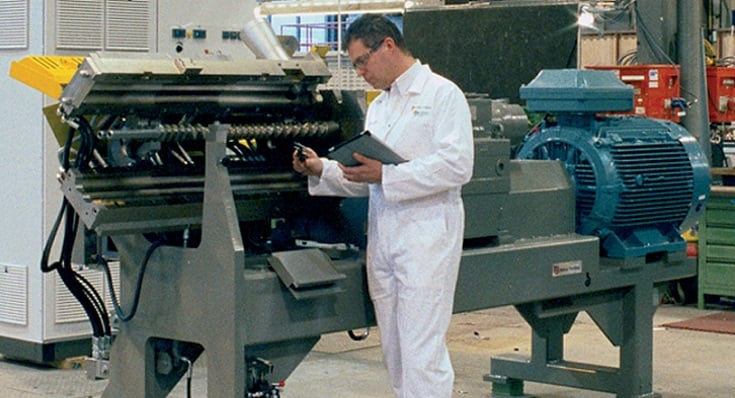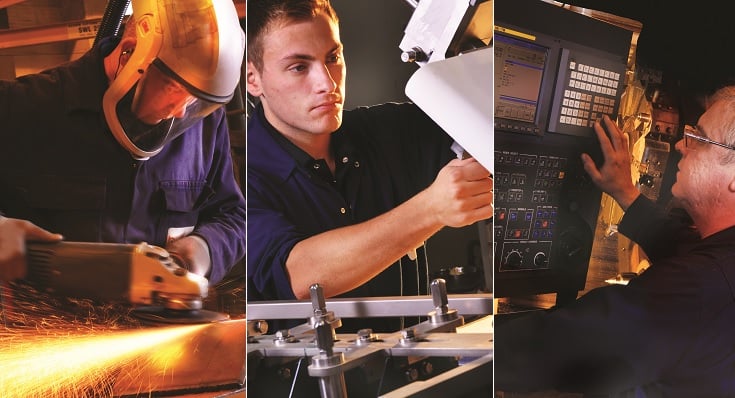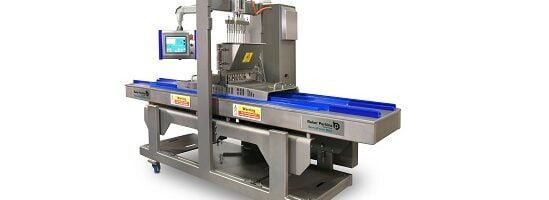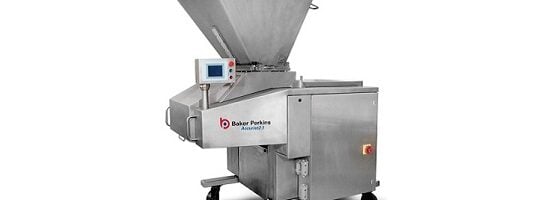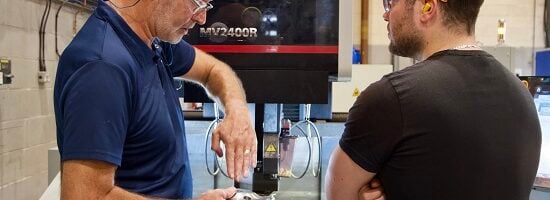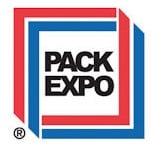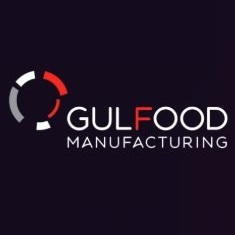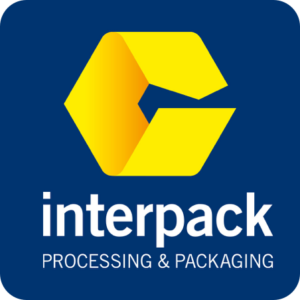A Short History of Baker Perkins
The origins of Baker Perkins date back to the 19th century when two North Americans emigrated to England.
Jacob Perkins was a prolific inventor who moved to England from Massachusetts in 1819. He spent the largest part of his working life experimenting with high-pressure steam, including machine guns and fire fighting equipment. The Perkins family developed a steam oven for baking bread, and this proved to be the basis for an outstanding enterprise.
Meanwhile, a Canadian called Joseph Baker invented a simple, combined flour scoop and sifter that lightened the burden of a Victorian housewife’s day, and proved so successful that Joseph developed a thriving company in Ontario, before deciding to test the market in England in the 1870s.
The sifter proved a hit in England, and the business developed rapidly as a supplier of machinery to the bakery, biscuit, chocolate and confectionery industries. By the end of the 19th century, Joseph Baker & Sons Ltd was a serious exporter, and the most important manufacturer of food machinery in the UK. The Perkins company concentrated on a widening range of bakery equipment for the home market.
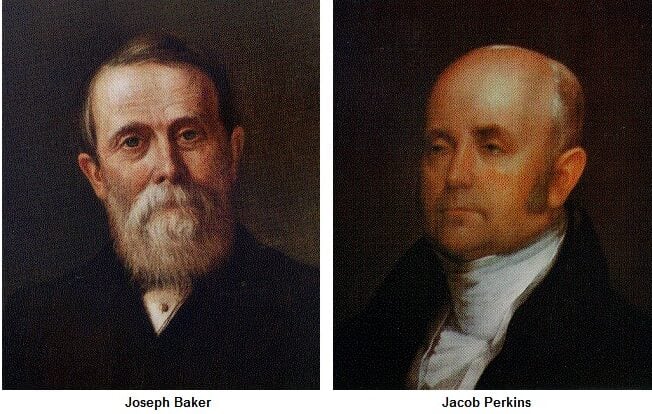
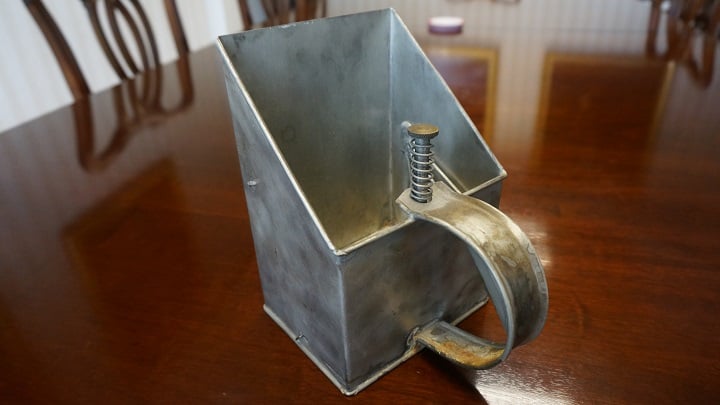
The two companies, fierce rivals, collaborated on automatic baking equipment for armies in the field during World War One. Then, in 1920 they merged to become Baker Perkins.
By the time of the merger, Baker and Perkins were well-established names in the bakery, biscuit, confectionery, chocolate and chemical machinery industries. Just as the companies combined, the Bakers bought a factory in Saginaw, Michigan, that for over 60 years was the base for manufacture of food and chemical equipment in North America.
The business had expanded to become genuinely global in its organisation and sales when in 1987 the dairy and liquid food specialist, APV, acquired it. As APV Baker the company continued to develop its position at the forefront of the food sectors served.
In 2006 Baker Perkins regained its independence when it was acquired by private investors as a long term venture for its strong engineering, innovative process technology, global distribution network and highly developed customer services. The new owners are committed to the long term development of the business, believing that the freedom of a stand-alone enterprise will maximize the skills and potential within the company through a flexible, focused and entrepreneurial culture.
Most recently, Baker Perkins has introduced new moulding and forming technology that enables bakers to improve the quality of their bread; developed equipment allowing confectioners to develop colourful new candies and lollipops; and pioneered technology expanding the variety of convenient, tasty and attention grabbing snacks and breakfast cereals.
Baker Perkins at Peterborough
Baker Perkins can trace its history in Peterborough back to 1903, when the Perkins business – that had outgrown its premises in London – bought 10 acres of land at Peterborough, built a factory, and moved in the following year.
After the 1920 merger into Baker Perkins, the company continued with two factories – Perkins at Peterborough, Baker at Willesden in North London. It was the tough years of the 1930s that forced the closure of Willesden, and the transfer of equipment and people to Peterborough.
Baker Perkins, and the Westwood Works offices and factory, continued into the late 1980s when the business became part of APV. This was followed by re-location to new premises on a greenfield site at Paston, some five miles away. Included at Paston is a unique Innovation Centre where Baker Perkins and its clients have collaborated on original, added-value products that are now seen in supermarkets worldwide.
Tweedy of Burnley was acquired in the late 1980s and subsequently incorporated into the Peterborough business. The Tweedy name lives on in a market-leading range of dough mixers.
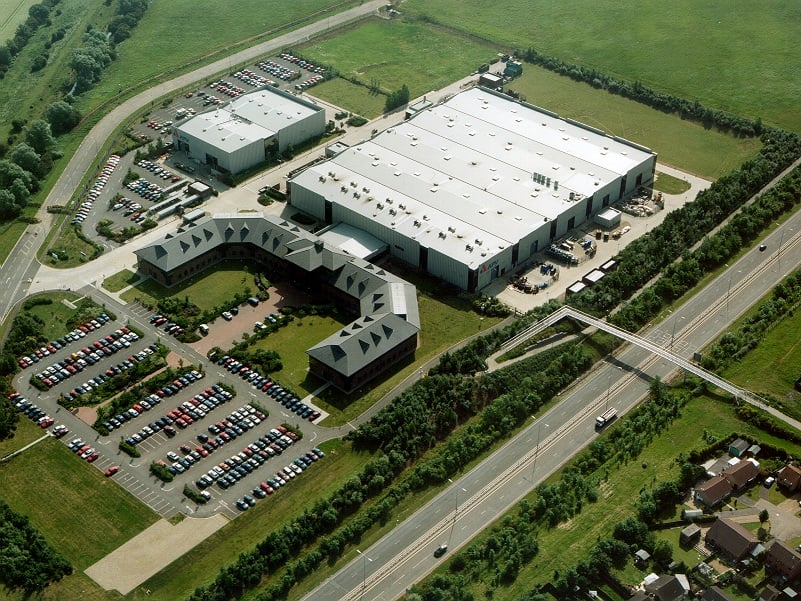
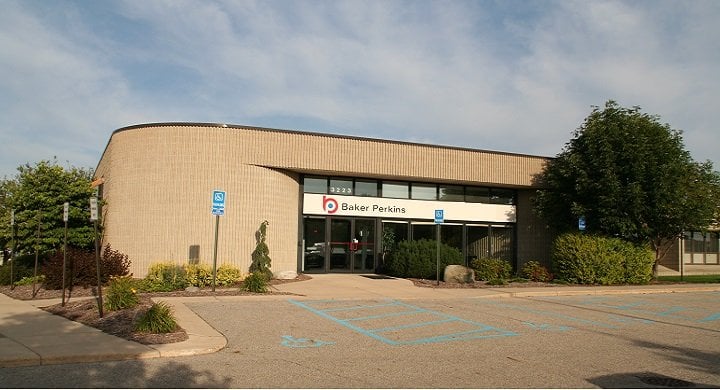
Baker Perkins at Grand Rapids, Michigan
The Baker Perkins business at Grand Rapids, Michigan, started in 1904 as the Dutch Cookie Machine Co. – cookies have been a consistent theme of the company’s activities for a century.
The name was changed in 1940 to the Werner Machinery Co. to help gain orders for war material, and until 1945 pumps were made for landing barges. Production activity switched back to food equipment after the war, and in 1970 the Werner family acquired the Lehara Corporation – a sales company in New York, that had been Werner’s sales agents, both internationally and in New England/New York.
The name changed to Werner Lehara, that remained based in Grand Rapids providing equipment for biscuit and cookie production, and was bought by Baker Perkins in 1978.
The Grand Rapids operation re-located in 2002 to new premises incorporating a pilot plant for customer product development and trials.
Industrial Extrusion
Today’s Baker Perkins Industrial Extrusion business had its origins in Steele and Cowlishaw, a company founded in 1924 in Stoke-on-Trent to manufacture flexible shaft couplings, and that later specialized in ball and pebble mills for the paint and other industries.
Baker Perkins acquired the company in 1958, and this provided impetus for the range of machinery to be developed.
The company was involved in the pioneering days of twin-screw extruders and has been at the forefront of this technology for over 30 years, with a considerable installed base throughout the world.
The business re-located from Stoke-on-Trent to Peterborough in 2001 to take advantage of the state-of-the-art design and manufacturing facilities available at the company’s headquarters.
